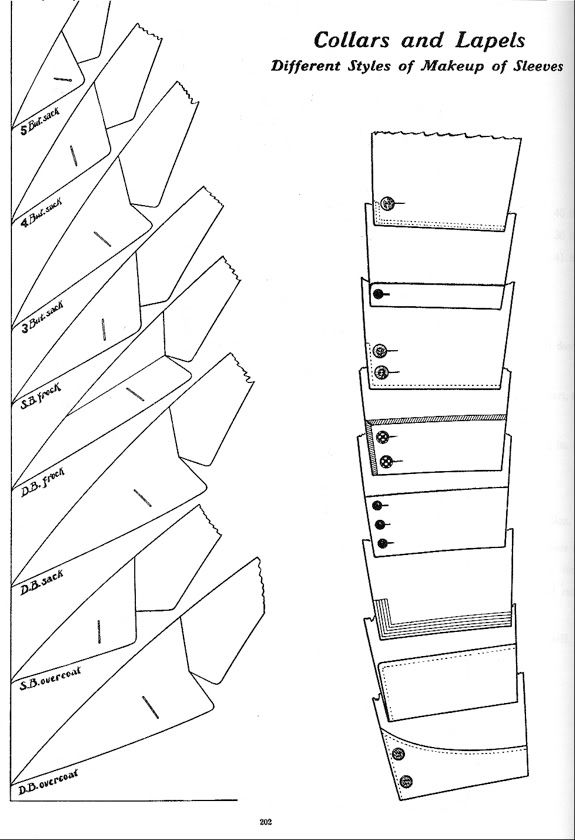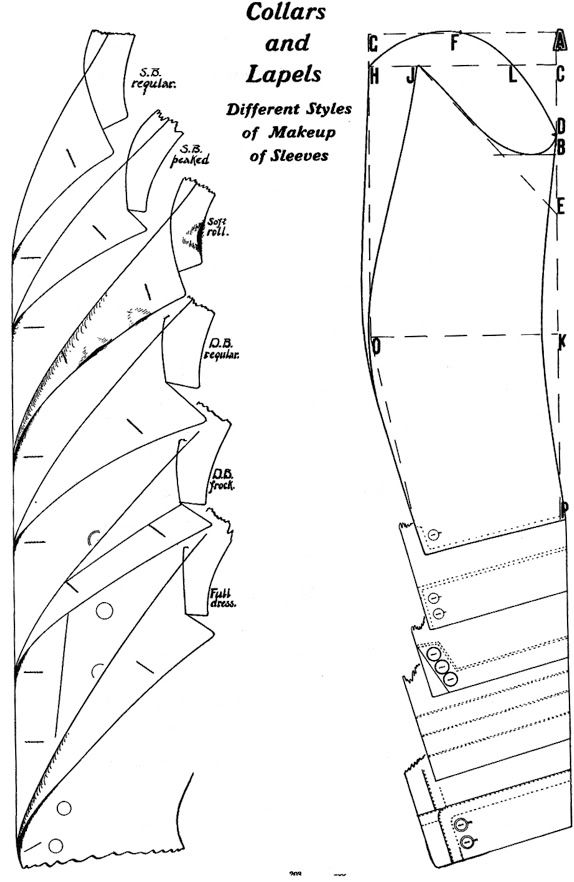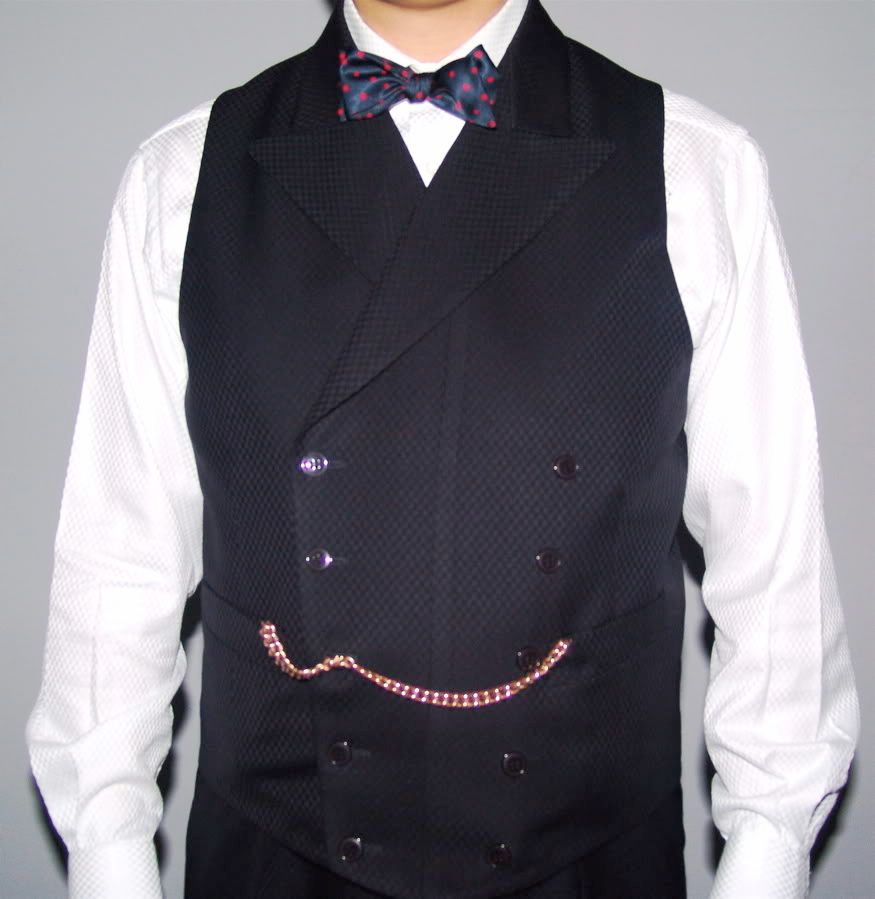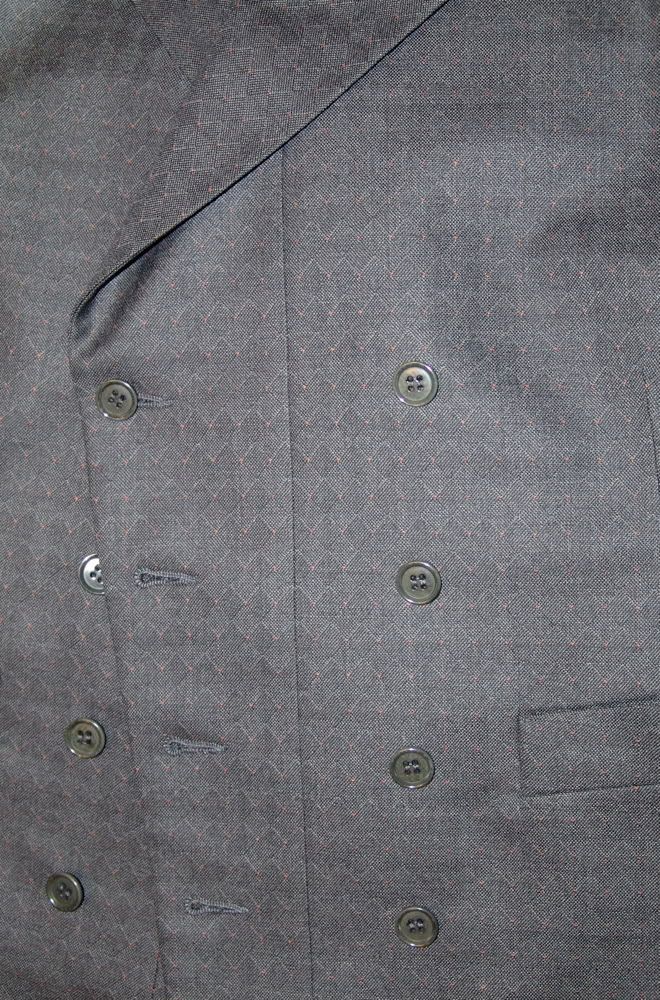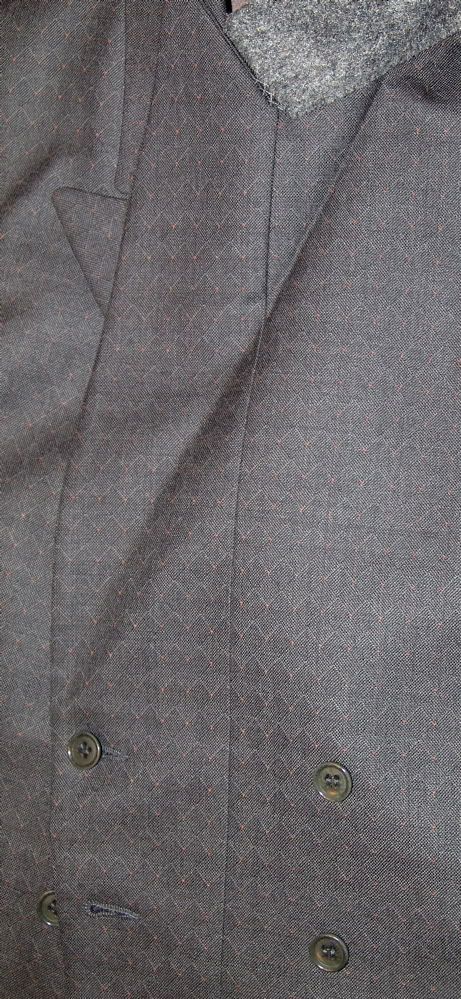Cunnington's Dictionary of English Costume says of the surtout:
18th C mainly from 1730's. A long loose overcoat with one or more spreading collars called 'capes'. Also called a wrap-rascal.
19th C from c1820 to 1840's, often called a surtout greatcoat; being an overcoat, SB or DB, made like a frock coat and the forerunner of the top frock.
The Cunningtons also write in The Handbook of English Costume that by the 1850-60s "the surtout had become another word for a frock coat.
In the 1840-50s the surtout was a particular variation of the frock coat "SB or DB, close fitting and reaching down to mid-thigh. The skirts full but plain in front, the corners usually rounded. Four single or pairs of domed buttons, the lowest at waist level."
In the 1830-40s the surtout was "worn as a body coat or as an overcoat. Usually worn closely buttoned up, DB or SB or fly fronted. An outside pocket was common. Velvet collar." They were regarded as the "chief form of undress" (The Whole Art of Dress, 1830) and both surtouts and frock coats were worn without the addition of an overcoat.
In the 1820-30s, "the surtout great coat was close fitting and similar in cut to a frock coat. When there were no outside pockets a small one was sometimes placed in the lining of the skirt for a handkerchief. One form of surtout was the Wellington coat, a kind of half and half great coat and undercoat (ie frock coat) meeting close and square below the knees (1828, Creevery Memoirs)".
So there you go, that description of the surtout as half overcoat, half coat often worn without an overcoat fits well with what you see on the figure on the left of my fashion plate:
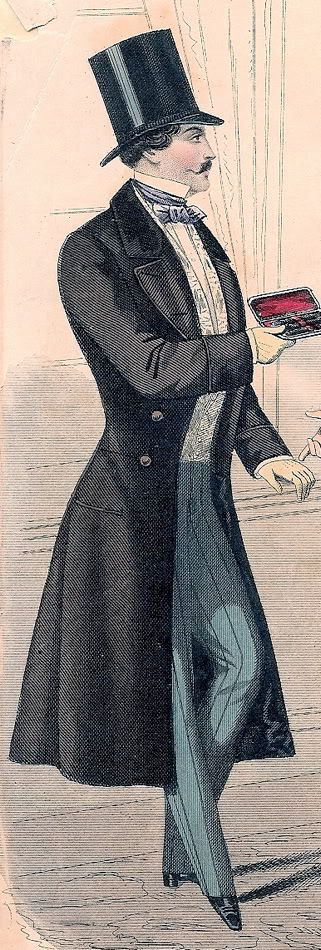
As for the paletot, the usage is all over the place. The overcoat with side bodies is a late 19th century thing. In English it is pronounced "pal-ai-tot". Yes, that is a corruption of the French - just as redingote is a corruption of 'riding coat'.

